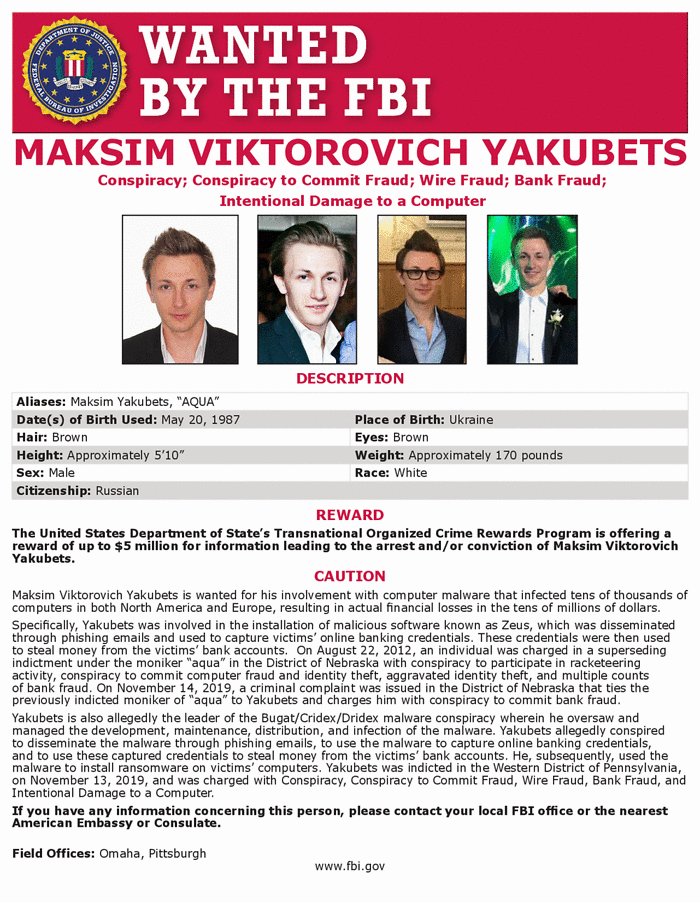So an engine overheated? Planes can still fly.
So, there was no radio communication with the tower declaring trouble?
Allegedly the plane was turning around?
The black box has been recovered but Iran wont turn over to authorities.
Perhaps other clues may be in the passenger manifest as noted below:
Ukraine International Airlines (UIA) has published a list of 167 passengers who were on board the Boeing-737 flight PS752 Tehran-Kyiv that crashed early on Wednesday shortly after takeoff. The relevant information has been posted on the UIA website.The list contains the names in English, as well as dates of birth.Flight PS752 passenger list: Abaspourqadi Mohamm 1986 Abbasnezhad Mojtaba 1993 Abtahiforoushani Seyedmehran 1982 Aghabali Iman 1991 Agha Miri Maryam 1973 Ahmadi Motahereh 2011 Ahmadi Muh Sen 2014 Ahmadi Rahmtin 2010 Ahmadi Sekinhe 1989 Ahmady Mitra 1973 Amirliravi Mahsa 1989 Arasteh Fareed 1987 Arbabbahrami Arshia 2000 Arsalani Evin 1990 Asadilari Mohammadhossein 1996 Asadilari Zeynab 1998 Ashrafi Habibabadi Amir 1991 Attar Mahmood 1950 Azadian Roja 1977 Azhdari Ghanimat 1983 Badiei Ardestani Mehraban 2001 Bashiri Samira 1990 Beiruti Mohammad Amin 1990 Borghei Negar 1989 Choupannejad Shekoufeh 1963 Dadashnejad Delaram 1993 Daneshmand Mojgan 1976 Dhirani Asgar 1945 Djavadi Asll Hamidreza 1967 Djavadi Asll Kian 2002 Ebnoddin Hamidi Ardalan 1971 Ebnoddin Hamidi Kamyar 2004 Ebrahim Niloufar 1985 Ebrahimi Khoei Behnaz 1974 Eghbali Bazoft Shahrokh 1960 Eghbali Bazoft Shahzad 2011 Eghbalian Parisa 1977 Elyasi Mohammad Mahdi 1991 Emami Sayedmahdi 1959 Emami Sophie 2014 Eshaghian Dorcheh Mehdi 1995 Esmaeilion Reera 2010 Esnaashary Esfahani Mansour 1990 Faghihi Sharieh 1961 Falsafi Faezeh 1973 Falsafi Faraz 1988 Farzaneh Aida 1986 Feghahati Shakiba 1980 Foroutan Marzieh 1982 Ghaderpanah Iman 1985 Ghaderpanah Parinaz 1986 Ghafouri Azar Siavash 1984 Ghandchi Daniel 2011 Ghandchi Dorsa 2003 Ghasemi Ariani Milad 1987 Ghasemi Dastjerdi Fatemeh 1994 Ghasemi Amirhossein 1987 Ghasemi Kiana 2000 Ghavi Mandieh 1999 Ghavi Masoumeh 1989 Gholami Farideh 1981 Ghorbani Bahabadi A 1998 Golbabapour Suzan 1970 Gorji Pouneh 1994 Haghjoo Saharnaz 1982 Hajesfandiari Bahareh 1978 Hajiaghavand Sadaf 1992 Hajighassemi Mandieh 1981 Hamzeei Sara 1986 Hasani/sadi Zahra 1994 Hashemi Shanrzad 1974 Hassannezhad Parsa 2003 Hatefi Mostaghim Sahan 1987 Hayatdavoudi Hadis 1992 Jadidi Elsa 2011 Jadidi Pedran 1991 Jamshidi Shadi 1988 Jebelli Mohammaddam 1990 Kadkhoda Zaden Mohammaddam 1979 Kadkhodazaden Kasha 1990 Karamimoghadam Bahareh 1986 Katebi Rahimen 1999 Kaveh Azaden 1979 Kazerani Fatemeh 1987 Khadem Forough 1981 Kobiuk Olga 1958 Lindberg Emil 2012 Lindberg Erik 2010 Lindberg Raheleh 1982 Lindberg Mikael 1979 Madani Firouzeh 1965 Maghsoudlouestarabadi Siavash 1976 Maghsoudlouesterabadi Paria 2004 Mahmoodi Fatemeh 1989 Malakhova Olena 1981 Malek Maryam 1979 Maleki Dizaje Fereshteh 1972 Mamani Sara 1983 Mianji Mohammadjavad 1992 Moeini Mohammad 1984 Moghaddam Rosstin 2010 Mohammadi Mehdi 1999 Molani Hiva 1981 Molani Kurdia 2018 Moradi Amir 1998 Morattab Arvin 1984 Moshrefrazavimoghaddam Soheila 1964 Mousavi Daria 2005 Mousavi Dorina 2010 Mousavibafrooei Pedram 1972 Nabiyi Elnaz 1989 Naderi Farzahen 1981 Naghibi Zahra 1975 Naghib Lahouti Mehr 1987 Nahavandi Milad 1985 Niazi Arnica 2011 Niazi Arsan 2008 Niknam Farhad 1975 Norouzi Alireza 2008 Nourian Ghazal 1993 Oladi Alma 1992 Omidbakhsh Roja 1996 Ovaysi Amir Hossein 1978 Ovaysi Asal 2013 Pasavand Fatemeh 2002 Pey Alireza 1972 Pourghaderi Ayeshe 1983 Pourjam Mansour 1966 Pourshabanoshibi Naser 1966 Pourzarabi Arash 1993 Raana Shahab 1983 Rahimi Jiwan 2016 Rahimi Razgar 1981 Rahmanifar Nasim 1994 Razzaghi Khamsi Ni 1974 Rezai Mahdi 2000 Rezae Hossain 1999 Saadat Saba 1998 Saadat Sara 1996 Saadat Zeinolabedin 1990 Saati Kasra 1972 Sadeghi Alvand 1990 Sadeghi Anisa 2009 Sadeghi Mirmohammad 1976 Sadeghi Sahand 1980 Sadighi Neda 1969 Sadr Niloufar 1958 Sadr Seyednoojan 2008 Saeedinia Amirhosse 1994 Safarpoorkoloor Pe 1999 Saket Mohammadhosse 1986 Salahi Moh 1988 Saleheh Mohammad 1987 Saraeian Sajedeh 1993 Setareh Kokab Hamid 1988 Shadkhoo Sheyda 1978 Shaterpour Khiaban 1988 Soltani Paniz 1991 Tahmasebi Khademasa 1984 Tajik Mahdi 1999 Tajik Shahram 1998 Tarbhai Afifa 1964 Tarbha Alina 1988 Toghian Darya 1997 Zarei Arad 2002 Zibaie Maya 2004 Zokaei Sam 1977Data from Flightradar24, a website that tracks aircraft, indicates the Ukrainian airliner crashed roughly two minutes after taking off from Imam Khomeini International Airport bound for Kyiv just after 6 a.m. local time. The plane reached about 8,000 feet in altitude.About four hours earlier, Iran launched 15 ballistic missiles against bases housing U.S. troops in Iraq.
According to Iraq’s military, the missiles landed between 1:45 and 2:15 a.m. local time. No Americans have been reported injured or killed in that attack, U.S. officials say.
The Ukrainian Embassy in Tehran initially said in a statement on its website that the crash of the Ukrainian airliner probably was not caused by a terrorist attack or a missile.
However, the embassy subsequently retracted that statement and now says it isn’t clear what caused the crash.
Ukrainian International Airlines announced it was suspending all flights to Tehran “until further notice.” The Ukrainian Aviation Administration banned all flights in Iranian airspace.
The Boeing 737-800 aircraft that went down was delivered direct to Ukraine International Airlines from the manufacturer in 2016. The aircraft had no known mechanical faults and had passed an inspection Jan. 6, Ukrainian officials said.
The single-aisle Boeing 737-800 is an earlier model of the 737-MAX aircraft, which was grounded after two fatal crashes last year. The 737-800 does not carry the flawed anti-stall software deemed responsible for the MAX crashes.
Some U.S. aviation experts initially were skeptical about the possibility that Iranian air defenses may have brought down the Ukrainian airliner, mistaking it for an American warplane.
However, the timing of the Ukrainian airliner’s crash just hours after the Iranian missile strike into neighboring Iraq has raised questions about why civilian aircraft were still flying from Tehran’s international airport Wednesday morning, given that Iran’s air defense network was certainly on high alert for U.S. retaliatory airstrikes.
Before Wednesday, some airlines already had canceled flights into both Iranian and Iraqi airspace due to escalated military tensions between Washington and Tehran. According to Ukrainian news reports, though, other airlines such as Turkish Airlines, Pegasus, AtlasGlobal, and Qatar Airlines all had continued flights into Tehran after Iran launched the missiles.
According to multiple independent investigations, a Russian BUK surface-to-air missile, operated by a Russian military crew, shot down the Boeing 777 airliner, killing all 298 passengers and crew onboard. That incident increased worldwide restrictions on civilian airliners flying near active combat areas.
Iran’s missile attack marked the latest escalation of a monthslong, tit-for-tat military standoff between Iran and the U.S.
On Dec. 27, Iran’s proxy militants in Iraq attacked a U.S. military base in the country, killing an American contractor. Following a retaliatory U.S. airstrike, Iran-backed protesters stormed the U.S. Embassy in Baghdad. Full summary here.

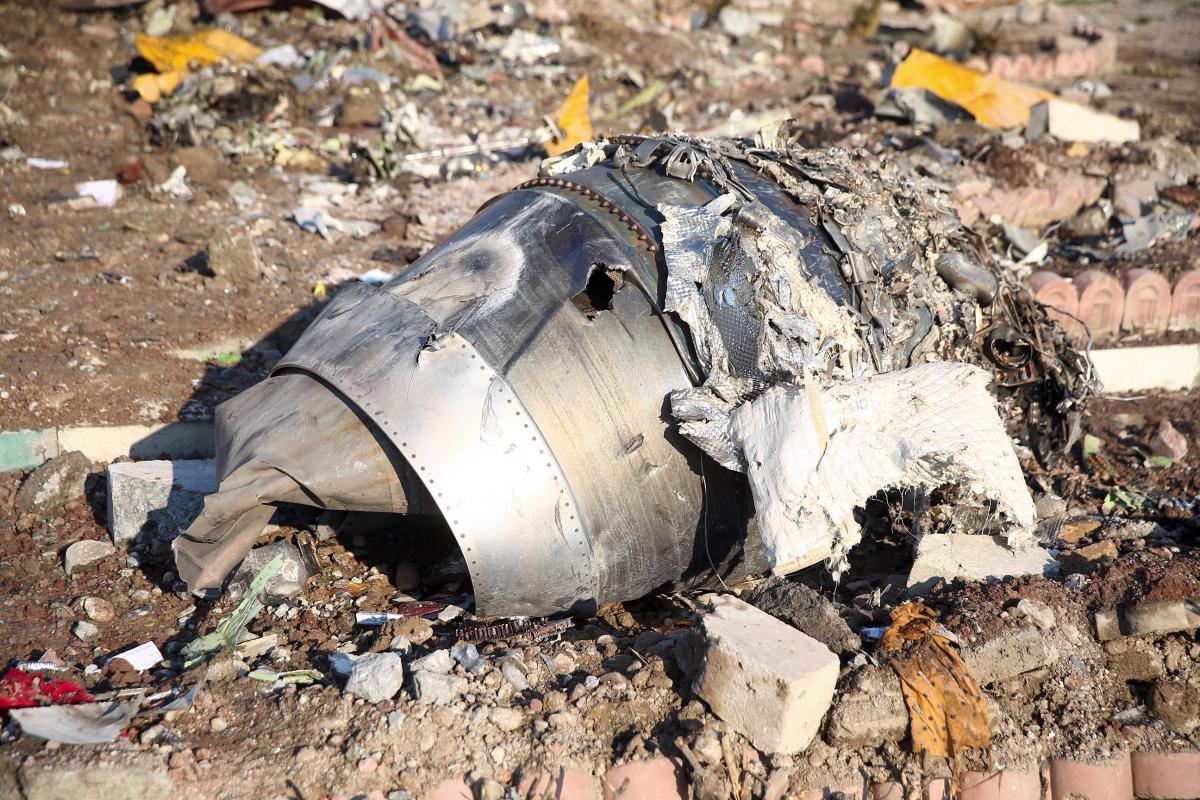
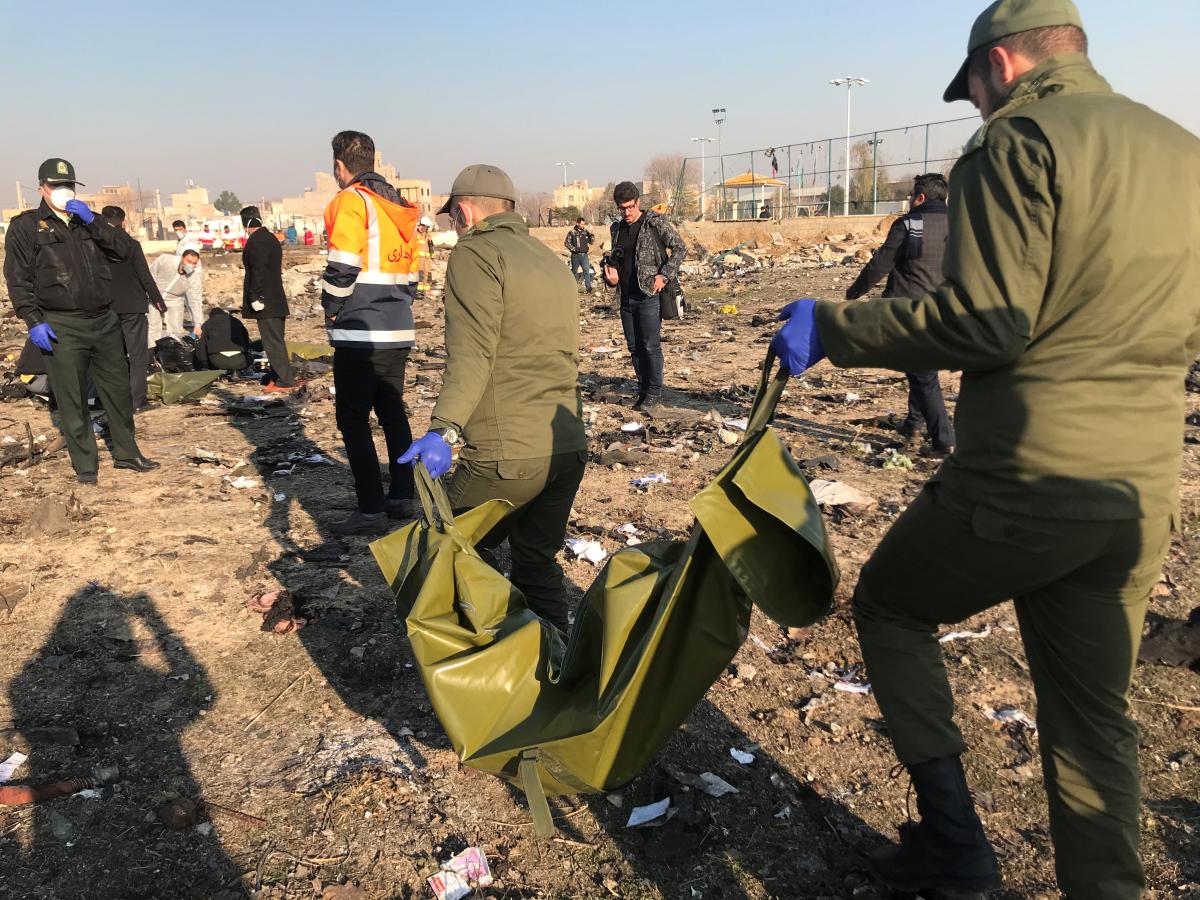
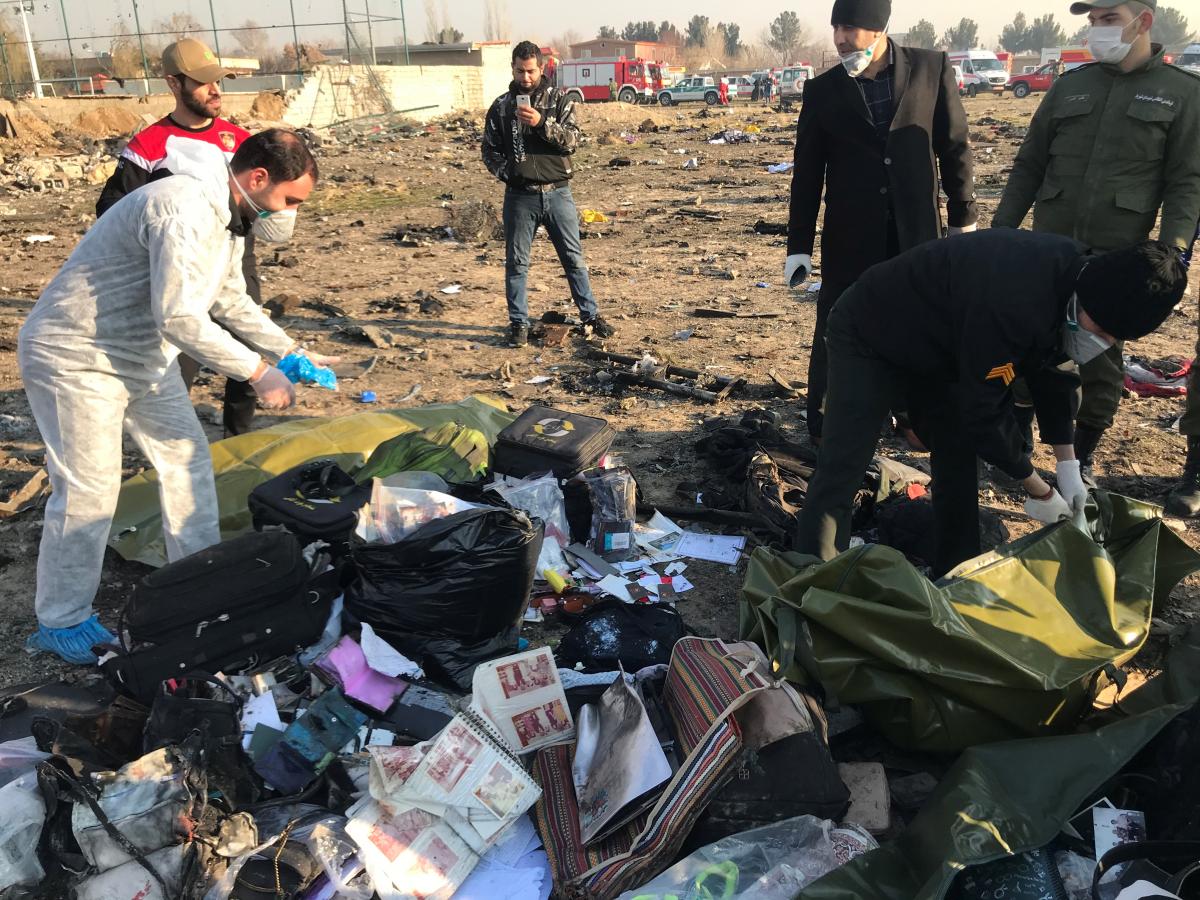
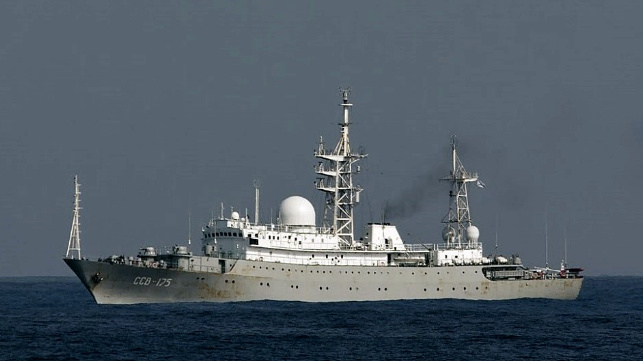
 The IG report is teeming with deceit and clandestine maneuvers at the hands of the SSA’s (Special Agents) on the top floor and not those of 7 levels down from the Director level as Comey and McCabe have declared.
The IG report is teeming with deceit and clandestine maneuvers at the hands of the SSA’s (Special Agents) on the top floor and not those of 7 levels down from the Director level as Comey and McCabe have declared.
